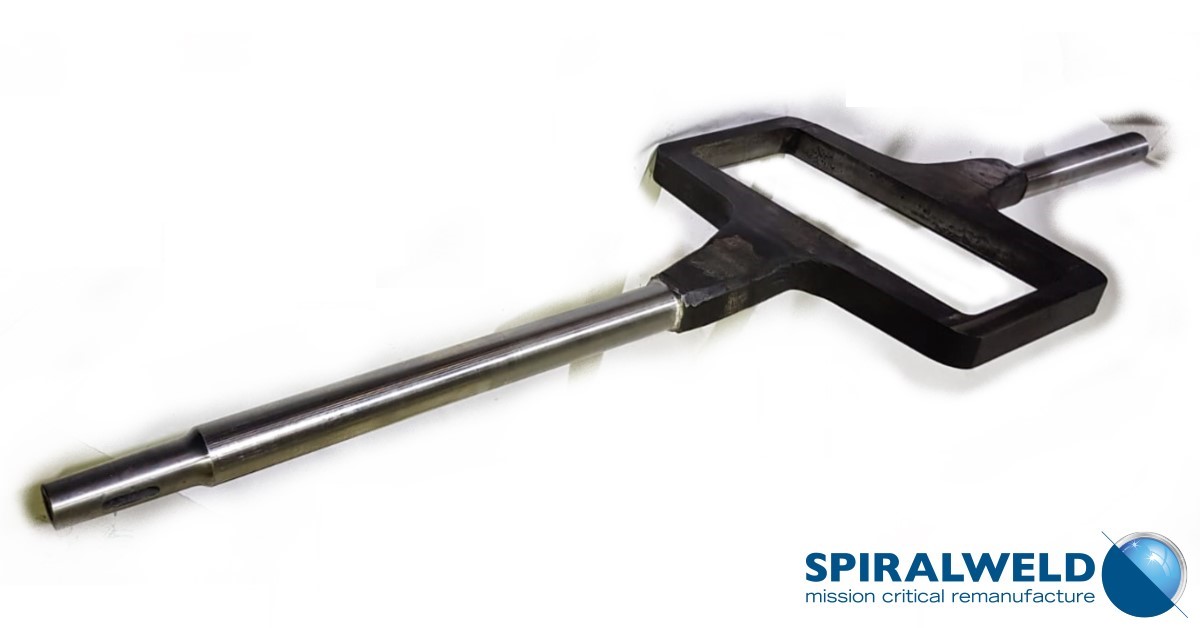Introduction
A locomotive slide valve moves back and forth and is used to control the admission of steam into, and emission of exhaust from, the piston of a steam engine. It is a steam engine equivalent of a cylinder value in an automotive piston engine; facilitating the inflow & out flow of fluid during the power cycle. The back and forth motion and resultant steam release creates the classic “choo-choo” sound. So even if you didn’t know what it was, you did know what it sounded like!!
This video shows the movement of the slide valve over the top of the cylinder and how it lags the piston movement in the cylinder to help direct the steam flow.
This animation is licensed under the Creative Commons Attribution-Share Alike 3.0 Unported license, Wiki-link
The Challenge
The regular oscillation of the slide valve spindle results in wear along the spindle length. Spiral Weld Ltd has seen spindles worn from a nominal diameter of 1.75″ to below 1″ diameter. This wear has occurred over the very long and repetitive service of the locomotive engine but reaches a point where the parts require rectification. These parts are not ‘off the shelf’ items so are not readily replaced, as with many Victorian age technology they were originally made from a single forging final machined (turned and milled) to dimension. Original dies for replacement forgings are no longer available and a one-off die would be prohibitively expensive as would machining away excess material from a solid billet of raw material. A multi piece construction would likely not be as strong as a single part and would not withstand the repetitive dynamic loads experienced in service, resulting in failure at any mechanical or welded joint. Therefore, the only recovery option is SpiralWeld ReManufacture of the spindles with an appropriate overlay.
Solving the Problem
The quality of the original Victorian/Edwardian English steel forgings are very good, typically the material will allow weld recovery. Welding of a spindle length is standard work for SpiralWeld Ltd, however, with these components consideration needs to be given to the rigidity of the full length part, especially when machining, due to the square frame valve face between each spindle end. Additionally, these components often exhibit and offset to the centre line of each spindle end. Spiral Weld has successfully overcome these challenges and ReManufactured multiple pairs of slide valves for different heritage railway organisations.
As with all components that undergo SpiralWeld ReManufacture these parts are reverse engineered, the parent material is analysed in house, a suitable overlay selected to compliment the material composition and CAD drawings prepared for each stage of the recovery process. Multiple weld passes are applied using micro-processor-controlled weld equipment, once sufficient material has been laid down, machining to final dimension and surface finish is performed. Modern techniques applied to parts separated by over 100 years!

If you need further information on our services, please do not hesitate to contact us.
